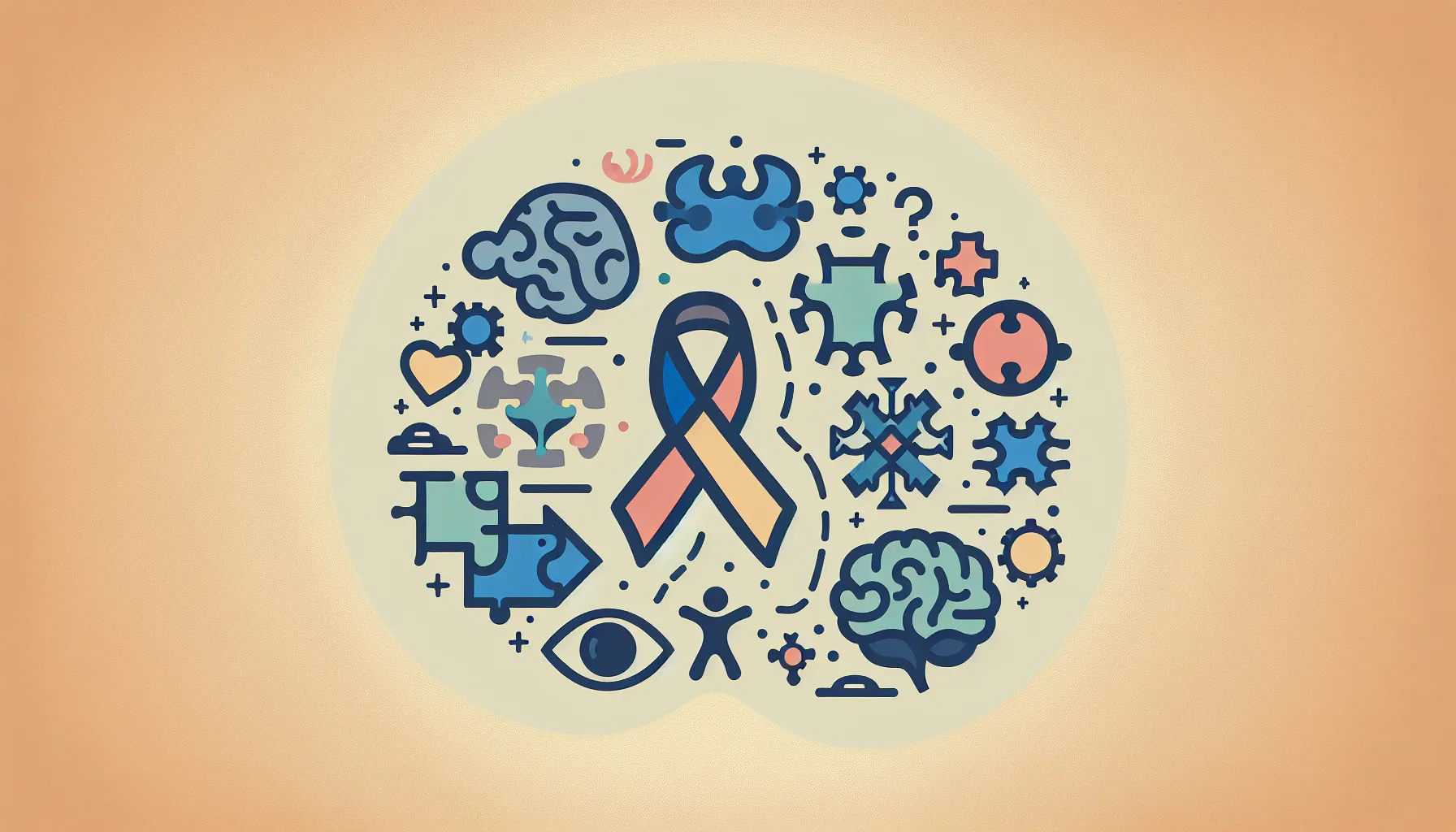What to expect during an ABA reassessment
Understanding the Reassessment Process in ABA Therapy

A Comprehensive Guide to ABA Reassessment
An ABA reassessment is an essential part of ongoing therapy, providing critical insights into a child's developmental progress, behavioral patterns, and evolving needs. This process ensures that interventions remain effective, tailored, and responsive, helping to maximize positive outcomes for children with autism and other developmental challenges. Knowing what to expect during an ABA reassessment can alleviate anxieties, optimize preparation, and foster a collaborative approach among caregivers, clinicians, and educators.
Defining ABA Reassessment and Its Significance
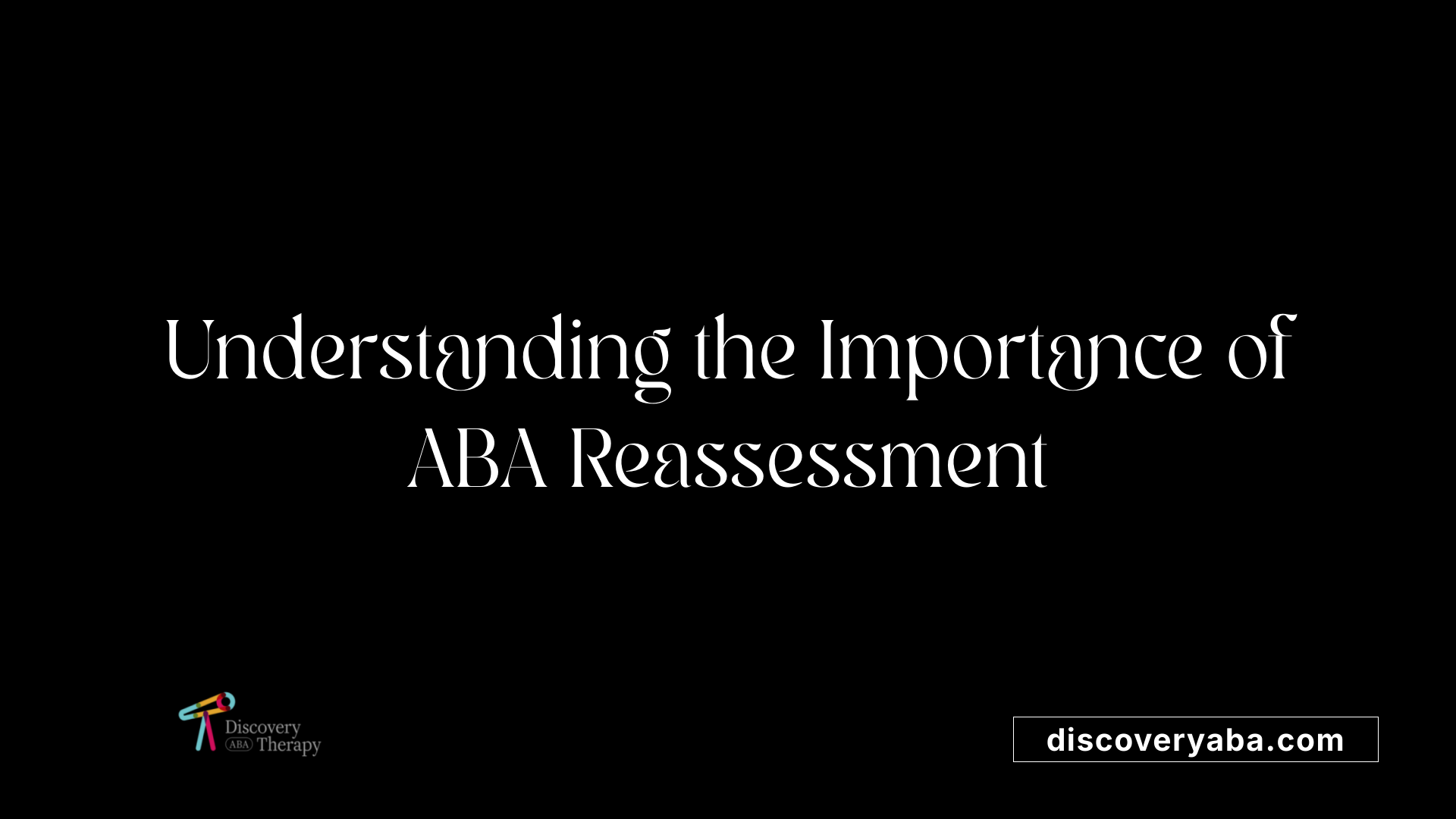
What is an ABA reassessment and why is it important?
An ABA reassessment is a systematic process designed to evaluate a child's ongoing progress, skills, and behavioral needs. It typically involves re-administering skill assessments, observing behavior in different settings, and conducting functional behavior analyses. The purpose of this comprehensive review is to ensure that the therapy strategies in place remain effective and are tailored to the child's current developmental stage.
Reassessments are crucial because children continually grow and change, and their needs can shift over time. Regularly updating the treatment plan based on reassessment data helps maintain the relevance and effectiveness of interventions. It allows BCBAs and caregivers to identify areas where the child has made progress and where additional support may be necessary.
Tracking progress is a fundamental aspect of ABA reassessment. Using data collected through observations, standardized assessments like VB-MAPP or AFLS, and input from parents and teachers, therapists can measure gains and setbacks. This ongoing process ensures that goals are realistic and aligned with the child's evolving abilities.
Refining goals during reassessment helps in setting new, achievable targets that foster continued development. It also enables therapists to adjust reinforcement strategies and intervention techniques to maximize positive outcomes.
Overall, ABA reassessment is vital for maintaining high-quality, responsive therapy. It promotes accountability, optimizes resource use, and maximizes the likelihood of success by ensuring that interventions adapt to the child's changing needs. This continuous cycle of assessment and adjustment supports sustained progress and helps children reach their full potential.
Procedures and Steps in an ABA Reassessment
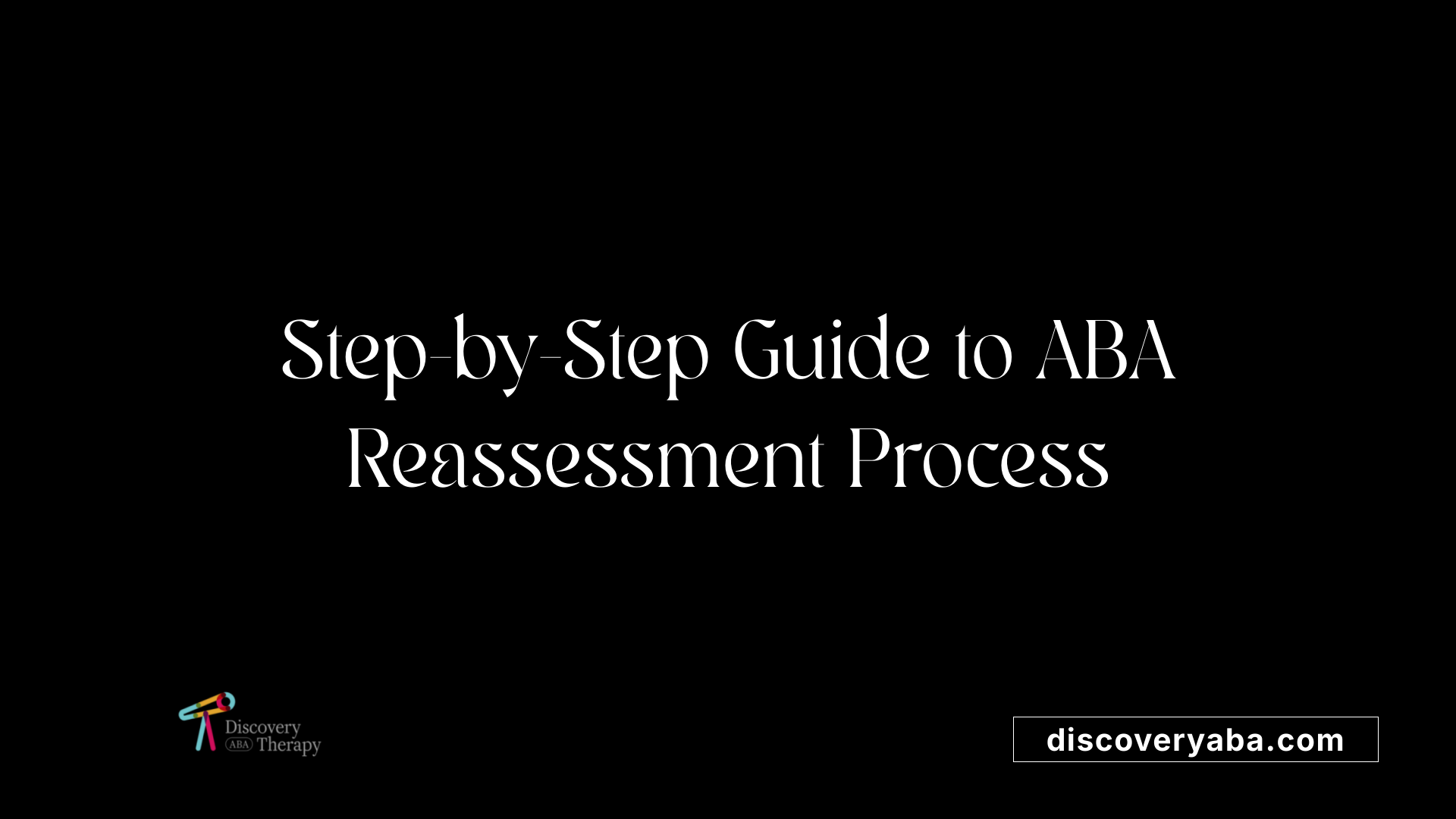
What are the procedures and steps involved in an ABA reassessment?
An ABA reassessment is a structured process aimed at evaluating a child's ongoing development and the effectiveness of their current behavioral interventions. It begins with a thorough review of previous data, which includes past assessments, progress reports, and treatment plans. This review provides a foundation for understanding how the child's skills and behaviors may have evolved over time.
The next step involves direct observations and interviews. The Board Certified Behavior Analyst (BCBA) observes the child in various settings to assess current abilities in areas such as communication, social skills, daily living, and problem behaviors. Caregivers and teachers also participate in interviews, sharing insights about changes, new challenges, or improvements. This collaborative approach helps gather a comprehensive picture of the child's behavior and progress.
Standardized assessment tools play a crucial role during reassessment. Instruments like VB-MAPP, ABLLS-R, or AFLS are administered to quantify skills and developmental milestones. These assessments help identify areas of growth and remaining deficits, guiding treatment modifications.
A detailed Functional Behavior Assessment (FBA) is often conducted or updated. This involves analyzing the antecedents, behaviors, and consequences to understand what reinforces or maintains specific behaviors. Knowing the function behind behaviors allows the BCBA to develop targeted interventions to reduce harmful behaviors and promote positive alternatives.
Following data collection, the BCBA reviews all information to update or revise the child's individualized treatment plan (ITP). This might include setting new goals, adjusting intervention strategies, and scheduling therapy hours to better align with the child's current needs.
Throughout the process, ongoing progress monitoring ensures that interventions remain effective. Typically, reassessments occur semiannually or as needed when significant behavioral or developmental changes are observed. The continuous cycle of assessment and adjustment supports the child's optimal growth and development in ABA therapy.
Tools and Methods Used in Reassessment
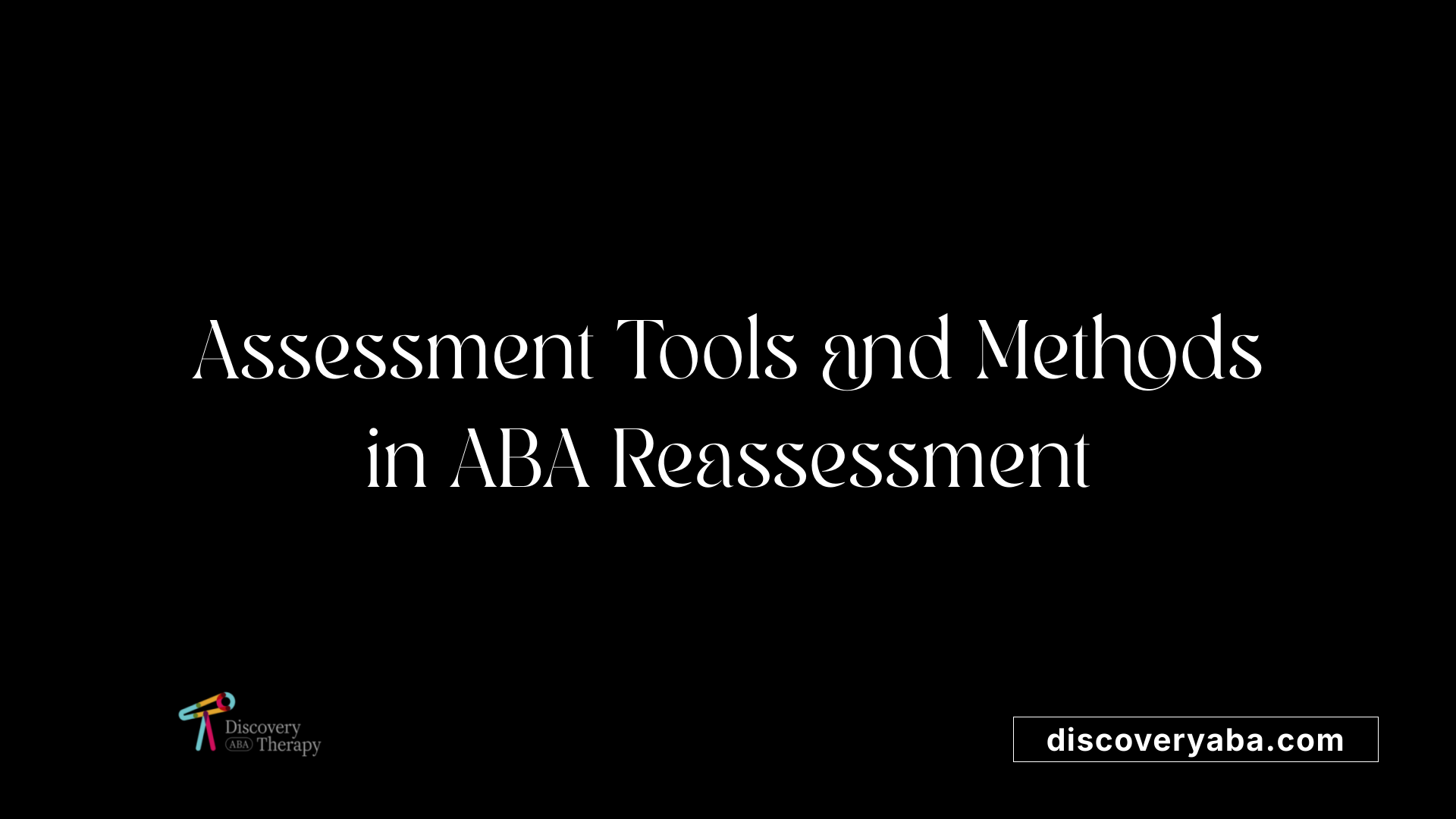 During an ABA reassessment, practitioners utilize a combination of assessment tools and observational methods to evaluate progress and refine intervention strategies. One of the primary approaches is direct observation, where the therapist observes the child’s behavior in natural or structured settings to see how they respond to various stimuli and routines.
During an ABA reassessment, practitioners utilize a combination of assessment tools and observational methods to evaluate progress and refine intervention strategies. One of the primary approaches is direct observation, where the therapist observes the child’s behavior in natural or structured settings to see how they respond to various stimuli and routines.
Structured interviews are also conducted with parents, caregivers, teachers, or other relevant individuals to gather detailed background information and insights about the child's development, behavior patterns, and progress since the last assessment.
Standardized assessments such as the VB-MAPP (Early Vocal Basic Language Milestones Assessment), ABLLS-R (Assessment of Basic Language and Learning Skills - Revised), and AFLS (Assessment of Functional Living Skills) are often used during reassessment to measure specific developmental skills across language, social, and daily living domains. These tools provide a consistent framework for measuring progress and identifying areas needing further intervention.
Behavioral data collection plays a critical role, with systems like tally sheets, behavioral charts, or specialized software used to document behaviors and monitor changes over time. Data collection helps quantify progress and highlights patterns that inform treatment adjustments.
Functional assessments, including FBAs and ABC (Antecedent-Behavior-Consequence) analyses, are performed to understand the functions or purposes of specific behaviors. By identifying whether behaviors serve to gain attention, escape from tasks, or fulfill sensory needs, therapists can develop targeted strategies to address them effectively.
Overall, these assessment methods and tools create a comprehensive picture of the child's evolving skills and challenges, guiding therapists in tailoring and modifying intervention plans to better meet their needs. Continuous review through these methods ensures that therapy remains effective, goal-oriented, and responsive to the child's development.
Involved Parties and Their Roles
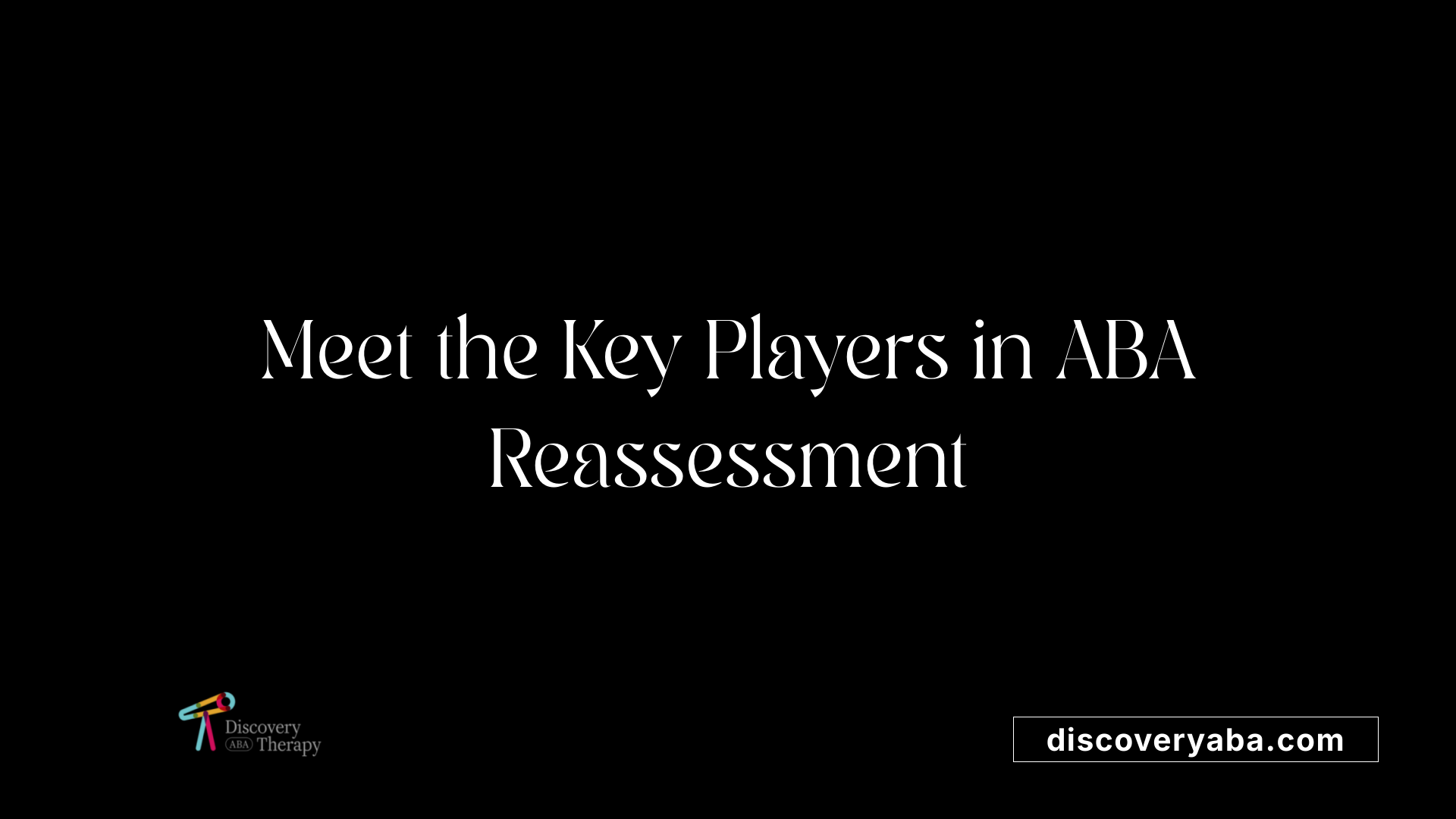
Who are the involved parties during an ABA reassessment, and what are their roles?
During an ABA reassessment, several key parties collaborate to ensure a comprehensive understanding of the child's needs and to develop effective intervention plans. These include clinicians, caregivers, and educators.
Clinicians, primarily the Board Certified Behavior Analysts (BCBAs), are responsible for conducting assessments, analyzing behavior data, and designing individualized treatment programs. They perform observations, interviews, and standardized assessments like the VB-MAPP, ABLLS-R, and AFLS to evaluate the child's developmental level and behavioral challenges.
Caregivers and parents play a vital role in providing detailed background information, sharing insights about the child's routines, behaviors, and progress at home. They participate actively by supporting therapy strategies, implementing interventions, and collecting ongoing data. Their involvement ensures that treatment plans are realistic, practical, and seamlessly integrated into daily life.
Educators and teachers may also be involved, especially if the child attends school. They collaborate to promote consistency across different environments, helping to generalize learned skills and manage behaviors in academic settings. Regular communication among all parties helps align goals and strategies.
Effective team collaboration hinges on open communication and shared understanding. Caregivers are recognized as active partners rather than passive recipients, helping to shape interventions that are meaningful and acceptable. This co-creative approach enhances the effectiveness of ABA therapy, ensuring that assessment results translate into tailored, contextually appropriate strategies.
Overall, a multidisciplinary team working together fosters a holistic approach. Each party's input contributes to a comprehensive picture of the child's abilities and challenges, leading to better outcomes and more personalized care.
What to Expect During an Assessment Session
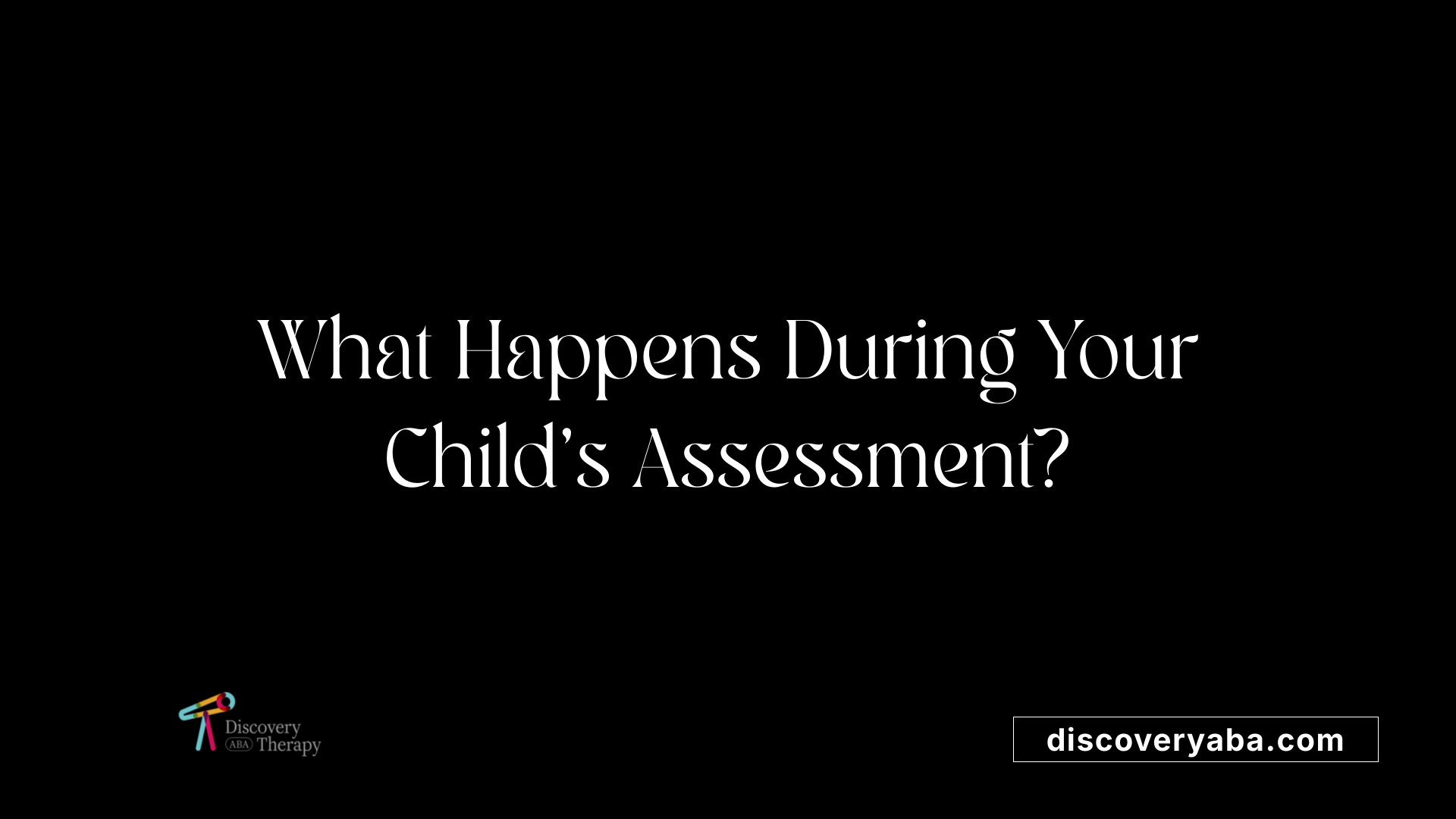
Observation of child and interaction
During the assessment, the BCBA will spend time observing your child's behavior in a natural setting, such as a clinic, home, or school environment. They evaluate how your child responds to different stimuli, follows directions, and interacts with others. The goal is to understand your child's social skills, communication abilities, and any challenges related to behavior management.
Standardized assessments and activities
The assessment may include various standardized tools like VB-MAPP, ABLLS-R, or AFLS, which are used to evaluate developmental skills and behavior patterns. These tools involve structured activities and tasks tailored to your child's age and needs. Play-based activities are common and designed to be engaging, helping to assess skills like joint attention, sharing, turn-taking, and problem-solving.
Caregiver involvement and interviews
Parents and caregivers play a vital role in the assessment process. The BCBA conducts in-depth interviews to gather information about your child's background, strengths, and behavioral history. Caregivers are encouraged to share observations on daily routines, emotional responses, and any concerning behaviors. This collaborative approach ensures the assessment reflects your child's real-life functioning.
Engaging activities for the child
To keep your child engaged and comfortable, the BCBA incorporates fun and supportive activities during the session. These activities are designed to observe your child's natural behaviors and include opportunities for them to demonstrate skills in a low-pressure, playful environment. Building rapport through friendly interaction helps your child feel safe and supported throughout the assessment.
What should I expect during an ABA reassessment session?
During an ABA reassessment session, you can expect a combination of direct observations, standardized assessments, and interviews with caregivers to evaluate your child's progress across social, communication, and behavioral skills. The session involves reviewing data on skill acquisition, behavior changes, and goal achievement to determine the effectiveness of the current treatment plan. Therapists will observe your child's interactions, emotional regulation, and response to interventions, while families are encouraged to share their observations and insights. The process may also include fun activities and skill practice to make the experience engaging for your child. Ultimately, the reassessment guides necessary adjustments to goals and strategies to ensure therapy remains personalized, effective, and focused on your child's developmental needs.
Preparation Tips for Parents and Caregivers
When preparing for an ABA reassessment, organization and proactive engagement are essential. Parents and caregivers should start by gathering comprehensive developmental records, including previous reports, therapy summaries, and educational documents like IEPs and progress reports. These materials provide valuable insight into your child's growth trajectory and help the assessment team understand their evolving needs.
Reflecting on your child's recent progress is also crucial. Keep track of behavioral changes, new skills acquired, and ongoing challenges. Creating a list of specific examples or behavior logs can aid in providing clear information during interviews and observations.
Organizing behavior logs is highly recommended. These logs should detail incidents of problematic behaviors, triggers, and response strategies used. Consistent record-keeping helps identify patterns and evaluate the effectiveness of current interventions.
Understanding what assessment procedures involve can ease anxiety. Familiarize yourself with the assessment process—this typically includes interviews, direct observations, standardized assessments, and play-based tasks. Knowing what to expect helps you prepare to participate actively and supportively.
Ensuring your child's comfort on the day of assessment can make a significant difference. This may involve maintaining routines, bringing familiar items, and making sure your child is rested and has eaten beforehand. Communicate with the assessment team about any sensory sensitivities or special needs your child has to accommodate during the evaluation.
In summary, thorough preparation—such as organizing records, reflecting on progress, maintaining behavior logs, understanding assessment procedures, and ensuring your child's comfort—can facilitate a smooth assessment experience. For more tips, you might search for "Preparing for an ABA reassessment" for additional guidance.
Parent Questions and Common Concerns
What is the purpose of the reassessment in ABA therapy?
Parents often wonder why their child needs to undergo periodic reassessment. The main goal is to track the child's progress over time and determine whether current interventions are effective. Reassessments help professionals identify any new needs or skills that have developed, allowing for adjustments to be made to the therapy plan. This ongoing evaluation ensures that the therapy remains tailored to the child's evolving needs.
What can parents expect during the reassessment process?
During a typical reassessment, a Board Certified Behavior Analyst (BCBA) conducts a thorough review of the child's development. The process includes direct observation of the child in various settings, interviews with parents and caregivers, and standardized assessments such as VB-MAPP or ABLLS-R. The assessment usually lasts about 1-2 hours and may be conducted at the center, home, or virtually, depending on the child's needs.
Parents will often be asked to provide updates on their child's progress and any behavioral changes noticed. The BCBA may also review previous reports and progress data. Throughout this process, the practitioner interacts supportively with the child to gather accurate information while maintaining a comfortable environment.
How do reassessment results impact therapy goals?
The data collected from reassessments directly influence the child's individualized treatment plan. If progress has been made, goals can be expanded or refined to promote further development. Conversely, if challenges persist, new strategies or priorities may be introduced. These updates help ensure that therapy remains relevant and effective.
Moreover, reassessments allow team members to determine the appropriate intensity of therapy hours and types of interventions needed. This continual feedback loop supports the child's growth and helps in measuring outcomes related to language, social skills, adaptive behaviors, and behavioral improvements.
How should parents prepare for and participate in the reassessment?
Preparation begins by gathering relevant developmental records, such as previous assessments, IEPs, or progress reports. Parents are encouraged to share observations about their child's strengths, routines, and behavioral challenges, which can provide valuable insights.
During the assessment day, parents can help by remaining involved—answering questions, providing detailed background information, and supporting their child's comfort and engagement. Maintaining consistent routines and ensuring the child is well-rested can also facilitate a smoother assessment.
Ongoing participation in treatment planning discussions and providing feedback on therapy effectiveness are vital. Parents' insights are crucial for adjusting goals and confirming that interventions align with real-world needs.
In summary, periodic reassessments are an essential part of effective ABA therapy, helping to optimize outcomes by continuously tailoring interventions to the child's current skills and needs.
Using Assessment Results for Therapy Planning
How are the results of the ABA reassessment used to inform therapy plans?
Reassessment plays a vital role in shaping ongoing therapy strategies. The results are analyzed through careful examination of collected data, observations, and insights from caregivers. This thorough review helps identify what is working well and what barriers may be hindering progress.
Based on these findings, therapists can modify behavioral strategies, update current goals, or set new targets. This ensures that interventions remain relevant and effective as the child's skills and needs evolve over time.
The reassessment process also influences the development of personalized intervention plans. These tailored plans incorporate current capabilities and challenges, focusing on areas needing support. This dynamic approach helps sustain motivation and maximize benefits.
Regular reassessments allow therapists to track progress accurately. By comparing new data against initial benchmarks, they can see how well the child is advancing and make necessary changes promptly. This ongoing evaluation ensures therapy is both targeted and adaptable.
In summary, using recent assessment results helps create a responsive plan that promotes meaningful improvements. It guarantees that every step of treatment aligns with the child's current developmental stage, making therapy more precise and effective.
Conclusion: Continuous Development and Support
Ongoing reassessment plays a vital role in the effectiveness of ABA therapy. As a child grows and develops, their needs, strengths, and challenges can change, making it essential to regularly review and update treatment plans.
Regularly scheduled evaluations ensure that therapy remains aligned with the child's current skills and goals. This continuous review allows practitioners to modify interventions, introduce new skills, and address any emerging concerns promptly.
The benefits of these ongoing assessments extend beyond just therapy adjustments. They help track progress over time, celebrate achievements, and maintain motivation for both the child and their caregivers.
Supporting a child's growth through consistent reassessment also fosters a collaborative approach. It encourages open communication between families and professionals, ensuring everyone stays informed and engaged in the child's development.
Maintaining a plan that adapts to the child's evolving needs enhances their learning experience and promotes greater independence. Ultimately, continuous development and support through regular reassessment foster an environment where children can thrive and reach their full potential.
Final Thoughts: Maximizing Therapy Outcomes
Regular ABA reassessment is a cornerstone of effective therapy, ensuring interventions remain aligned with the child's current developmental stage and behavioral needs. Through ongoing reviews, clinicians can tailor strategies, set new goals, and adapt to the child's progress or emerging challenges. This continuous process not only maximizes the benefits of therapy but also empowers caregivers and educators to participate actively, making intervention efforts more cohesive and sustainable. By understanding what to expect during an ABA reassessment, families can approach each session with confidence, knowing they are taking vital steps toward supporting their child's growth and success.
References
- What to Expect During An Initial ABA Assessment
- ABA Assessment: What is It? | Circle ABA - The Autism Impact Circle
- Details about the assessment process when it comes to ABA
- Applied Behavior Analysis (ABA) | Autism Speaks
- What to Expect During an ABA Therapy Evaluation
- What to Expect in the Initial ABA Assessment - Move Up ABA
- Why An ABA Therapy Assessment is a Crucial Step
Does Your Child Have An Autism Diagnosis?
Learn More About How ABA Therapy Can Help
Find More Articles
Contact us
North Carolina, Nevada, Utah, Virginia
New Hampshire, Maine
Arizona, Colorado, Georgia, New Mexico, Oklahoma, Texas
.avif)

















.jpeg)














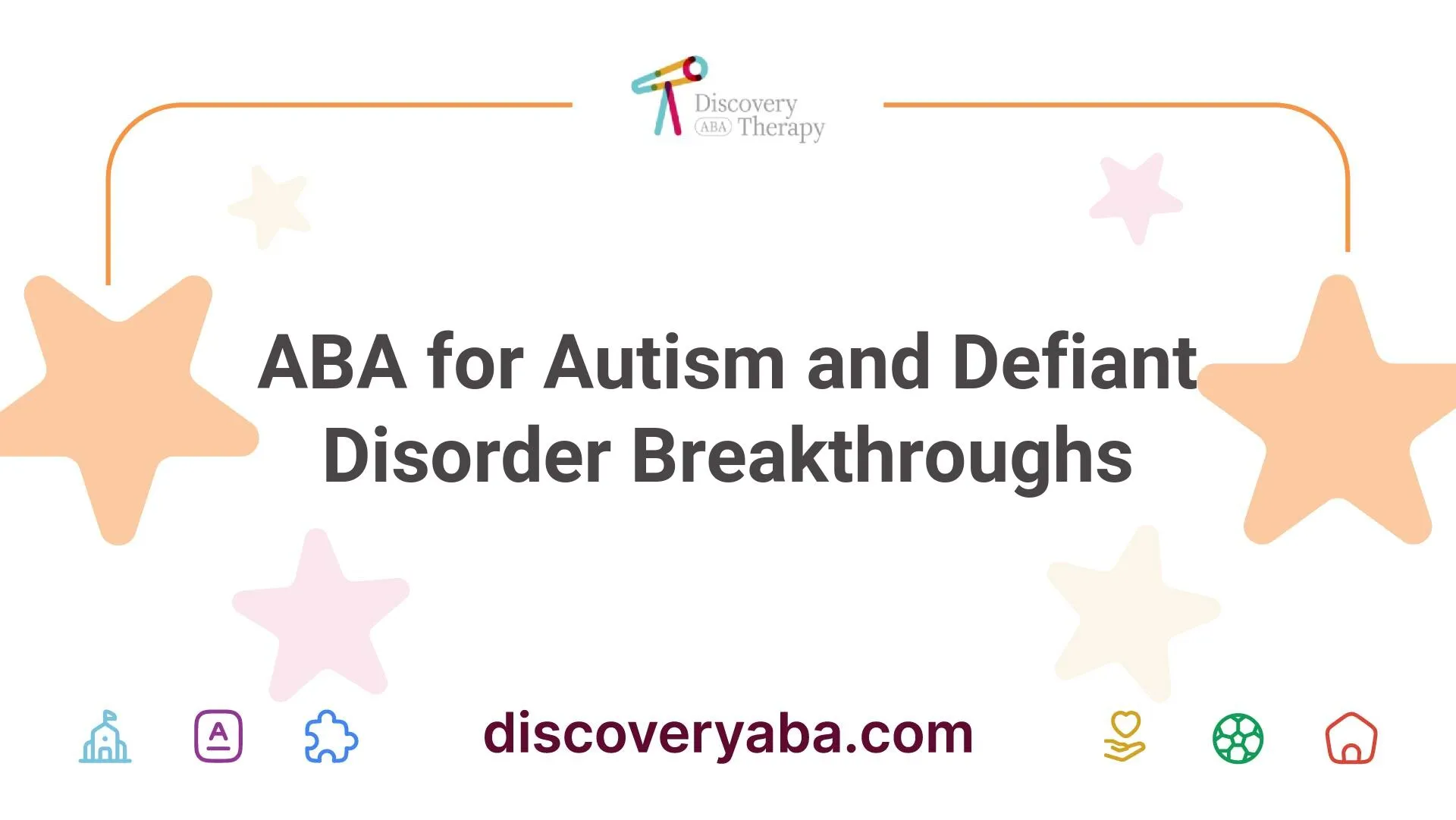




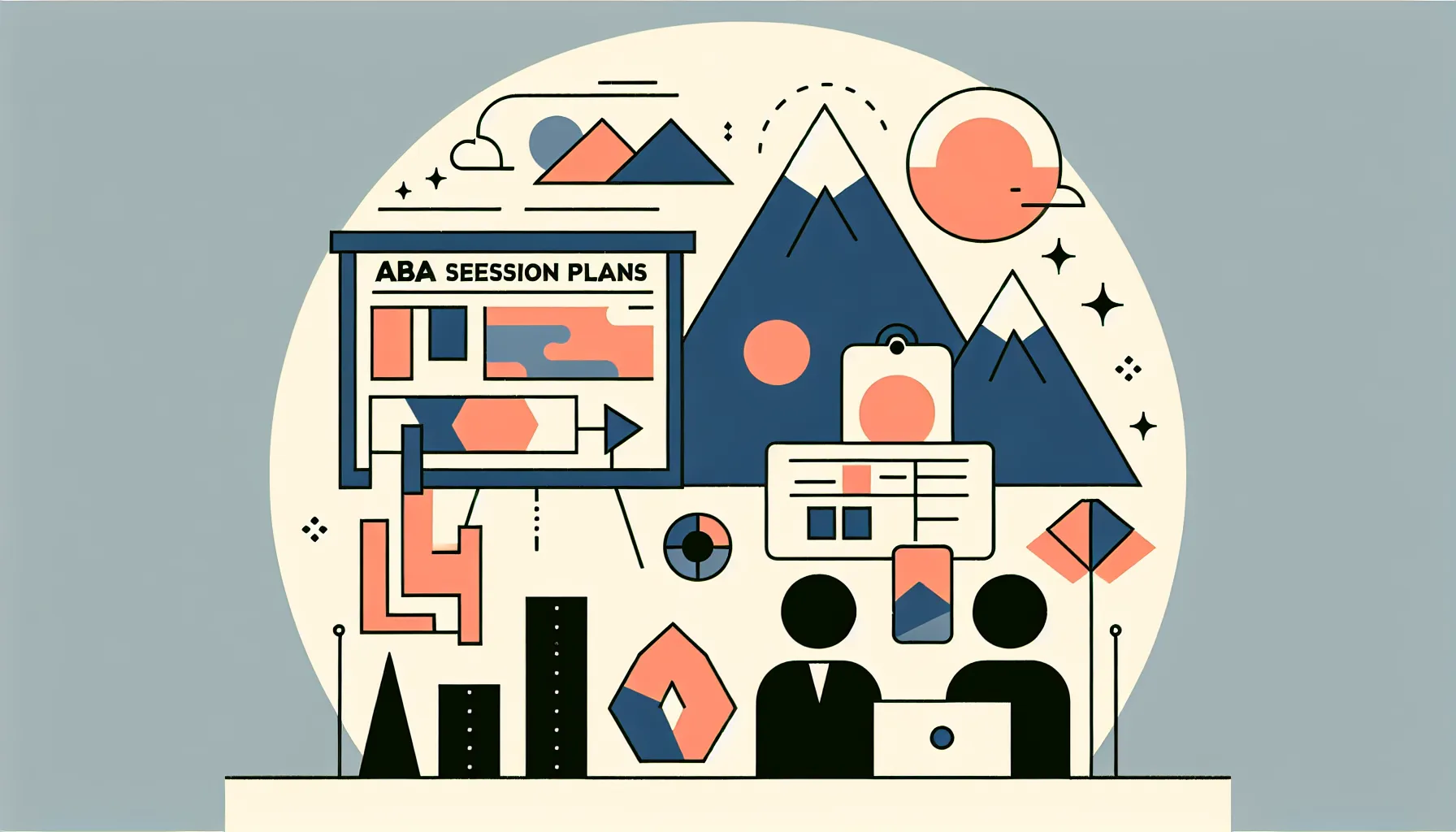
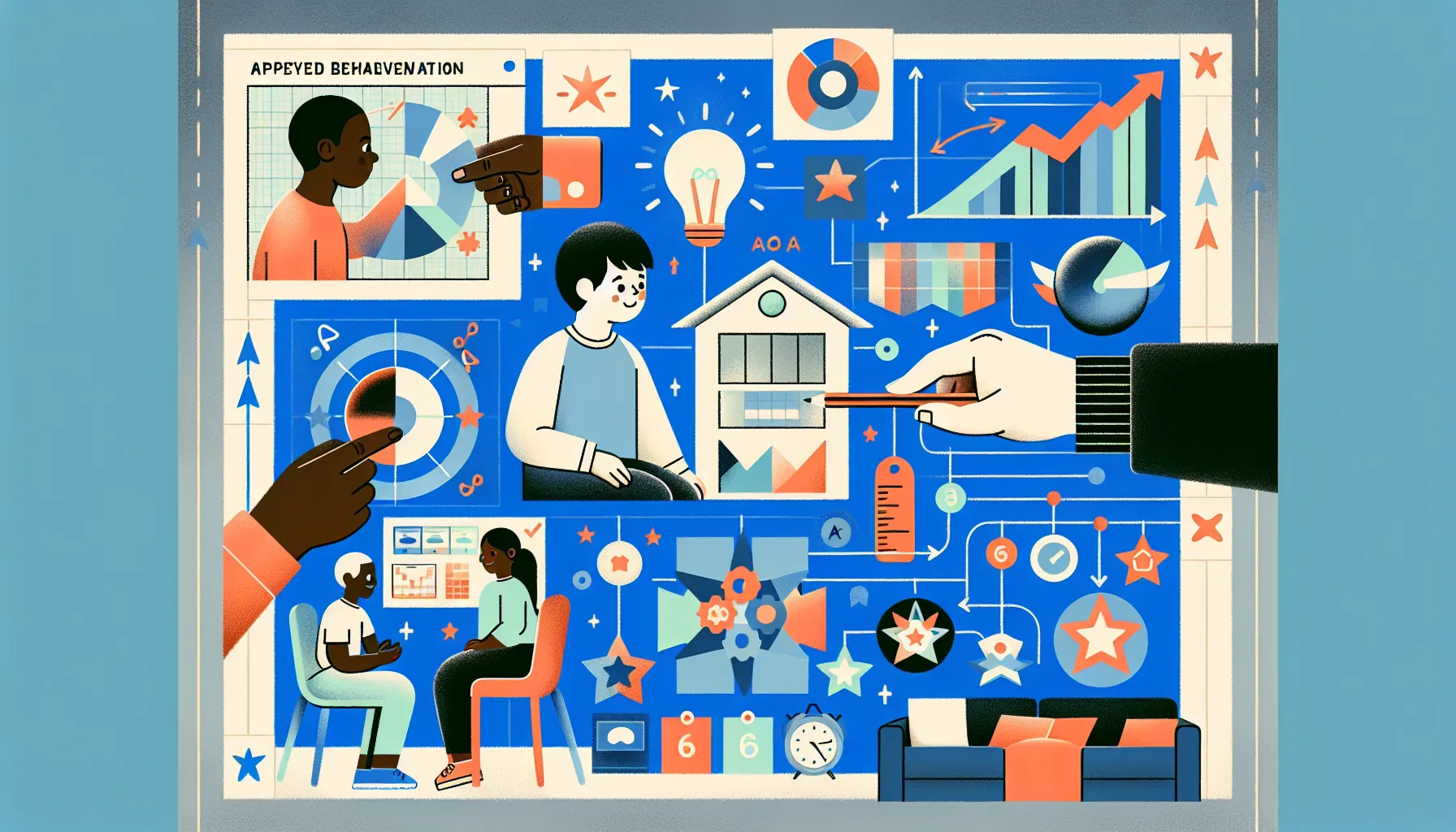
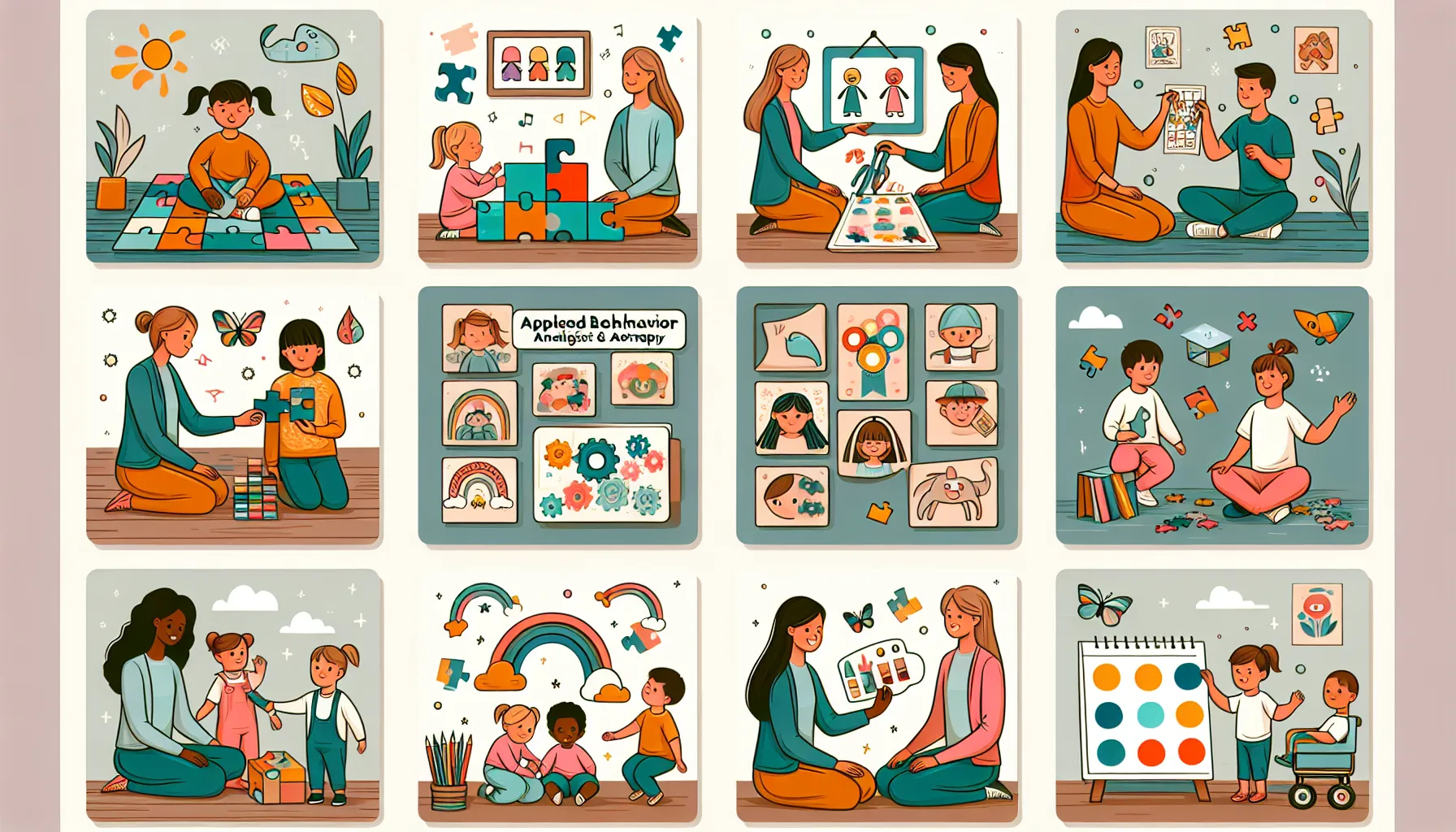

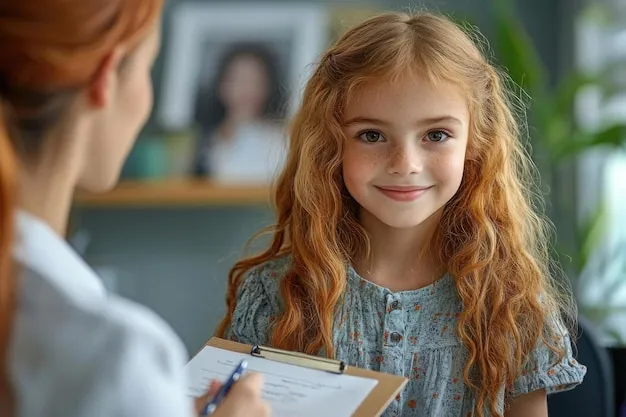
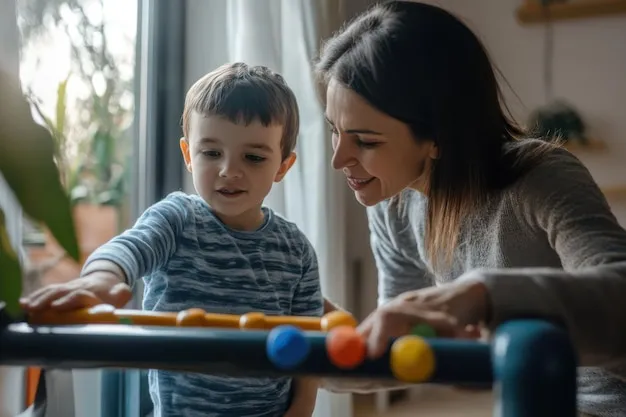
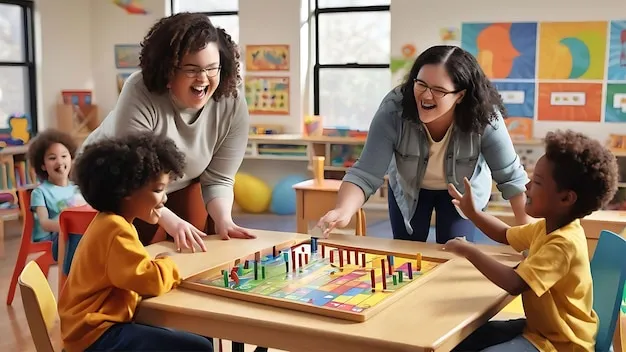

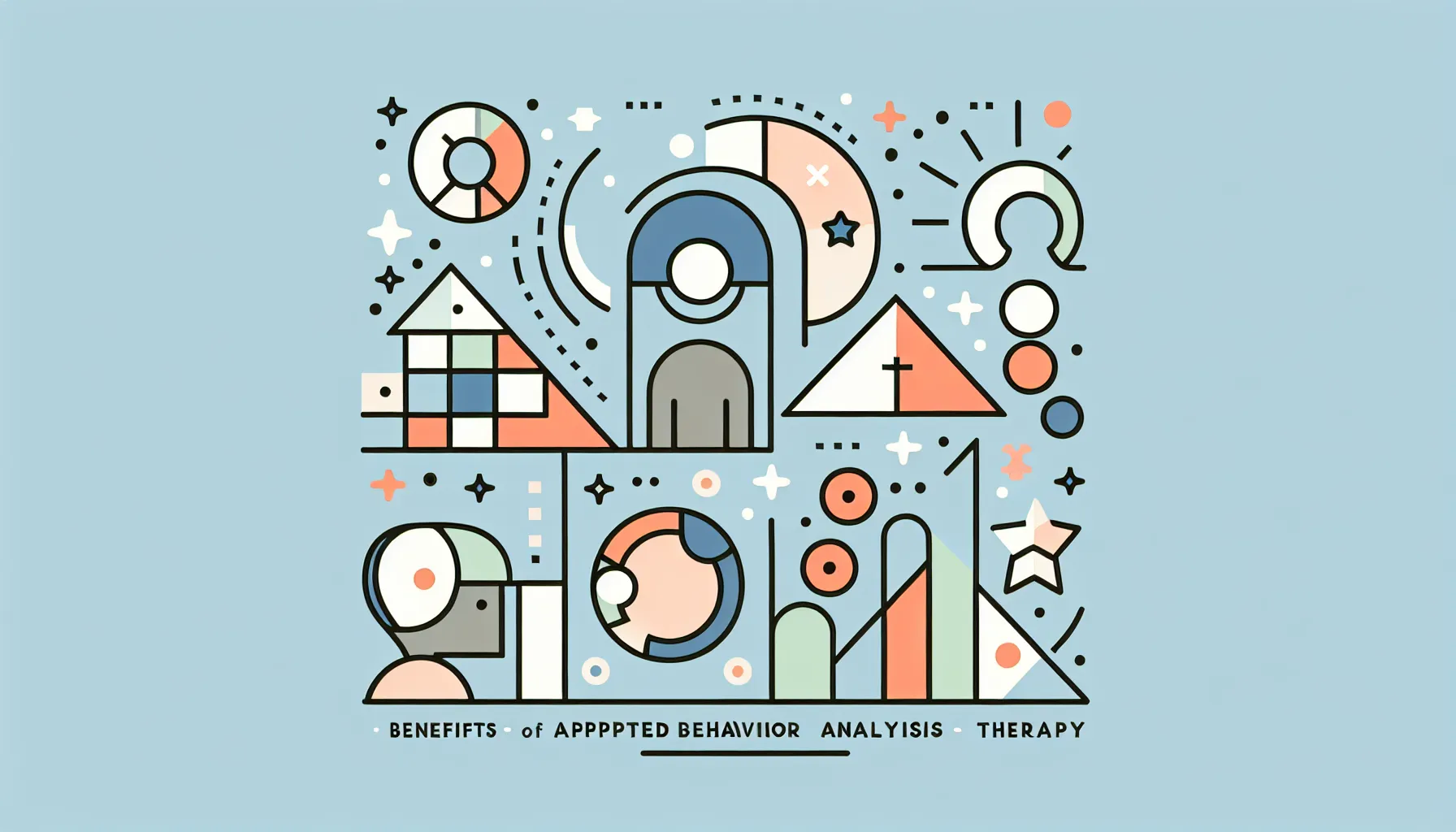


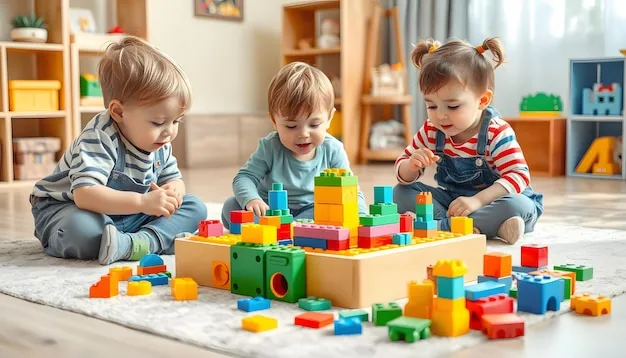
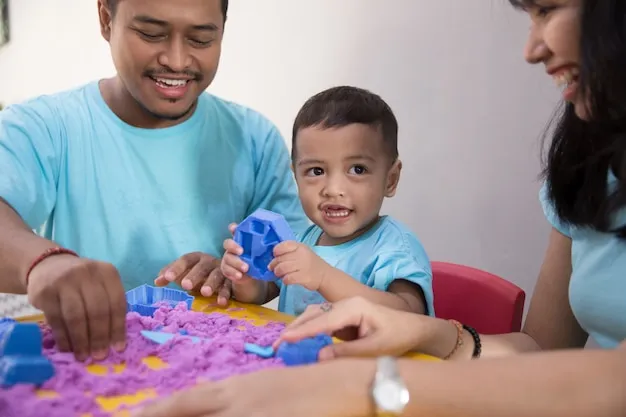


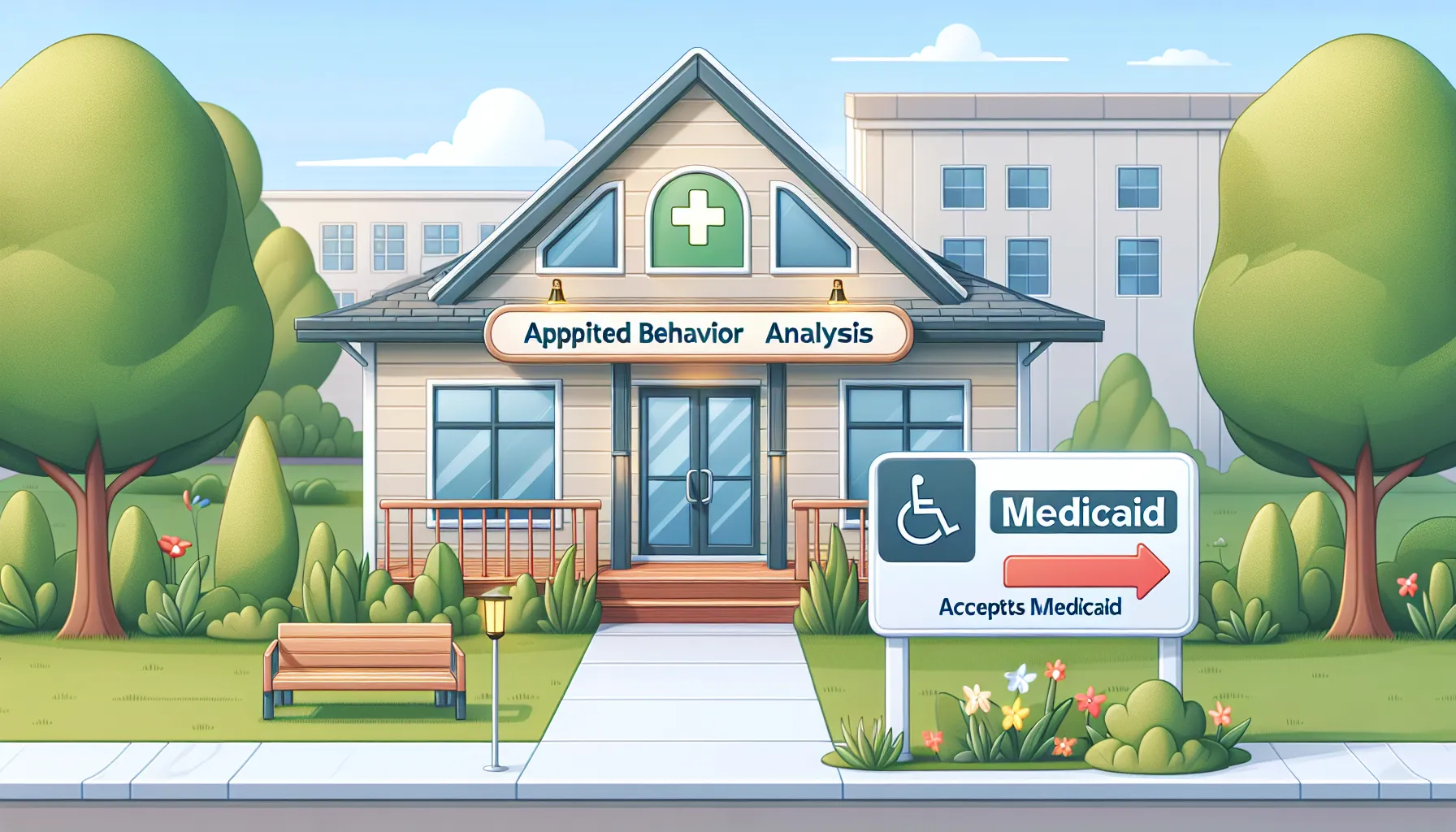




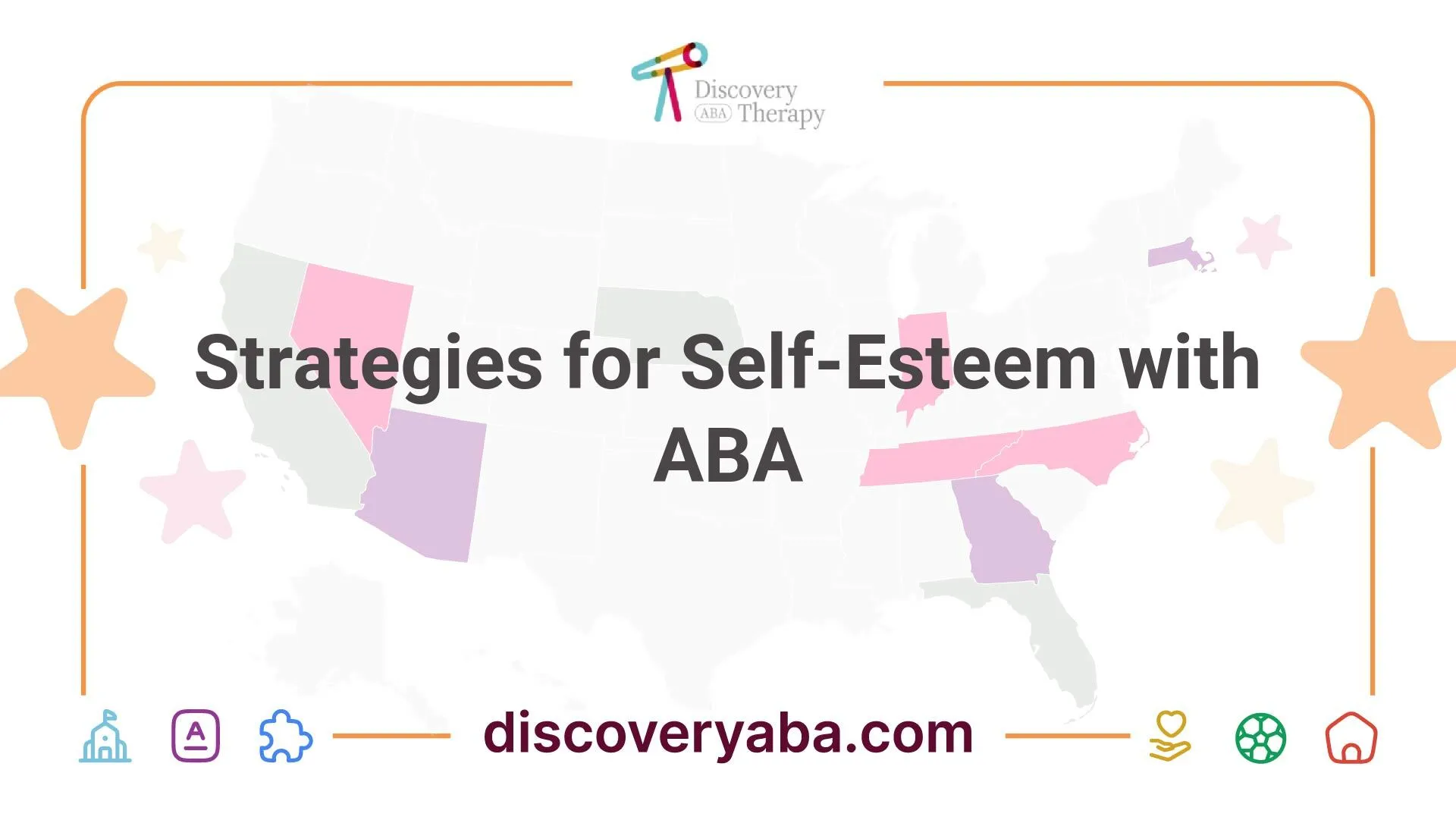




.jpeg)
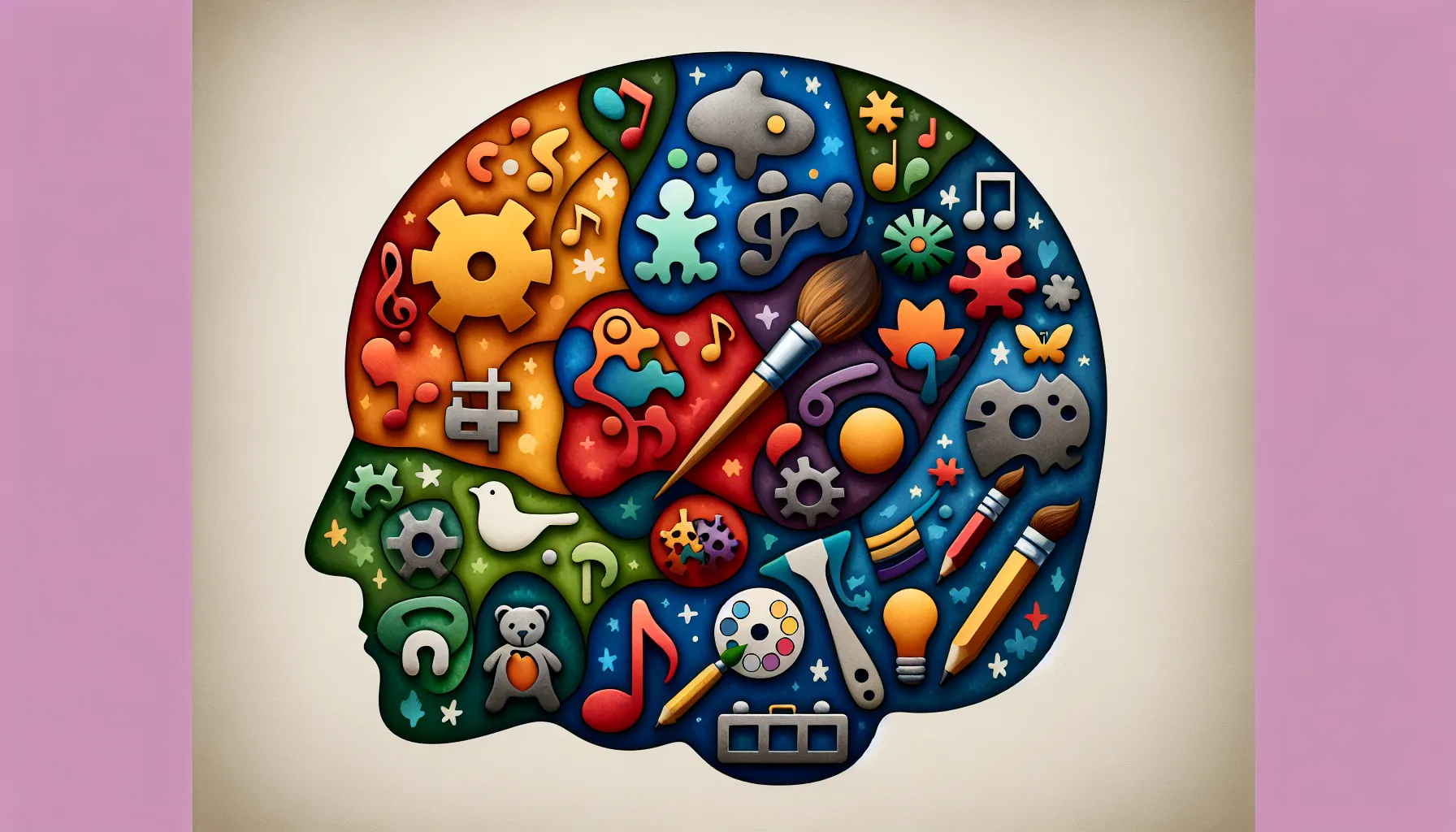

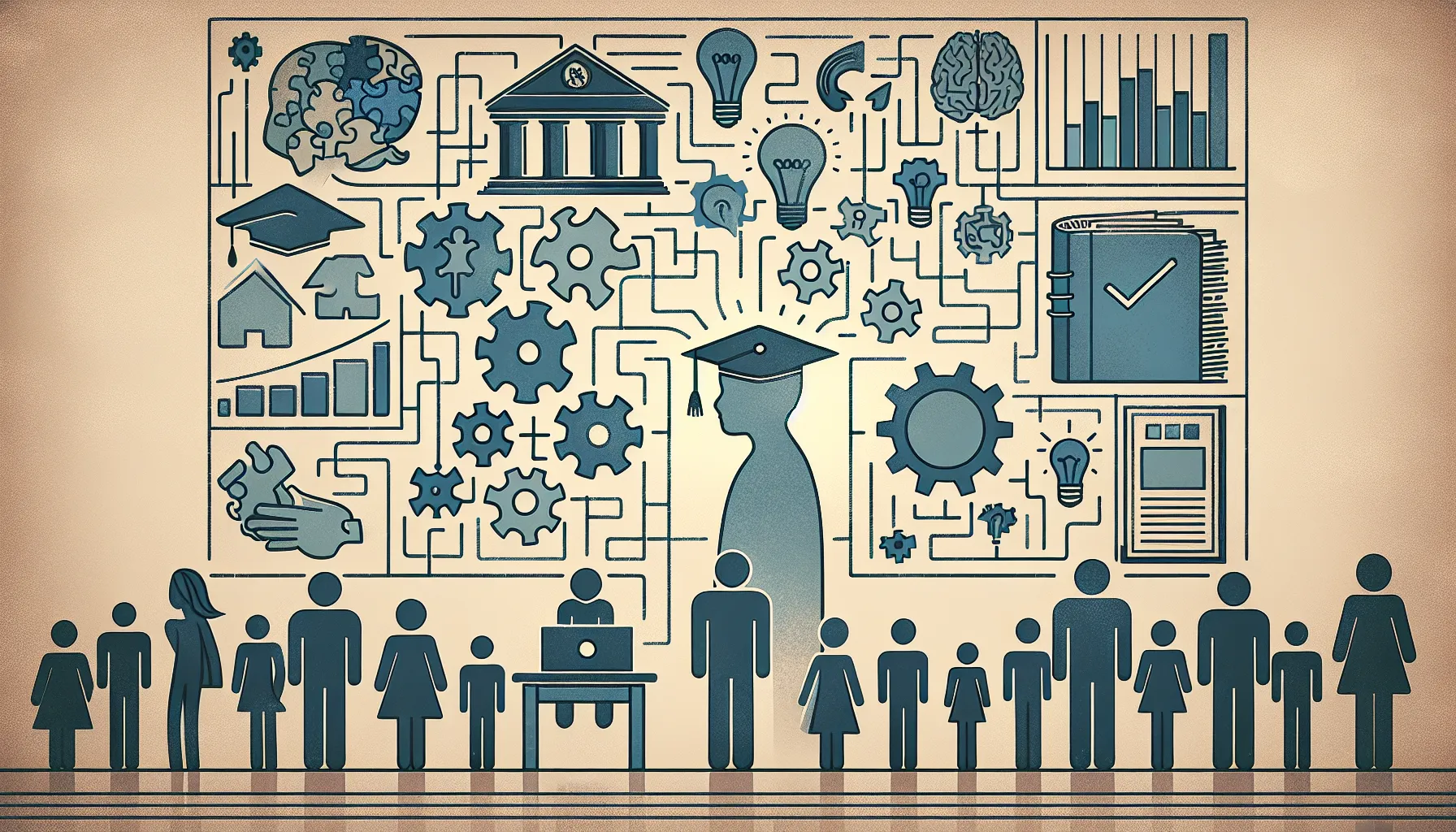




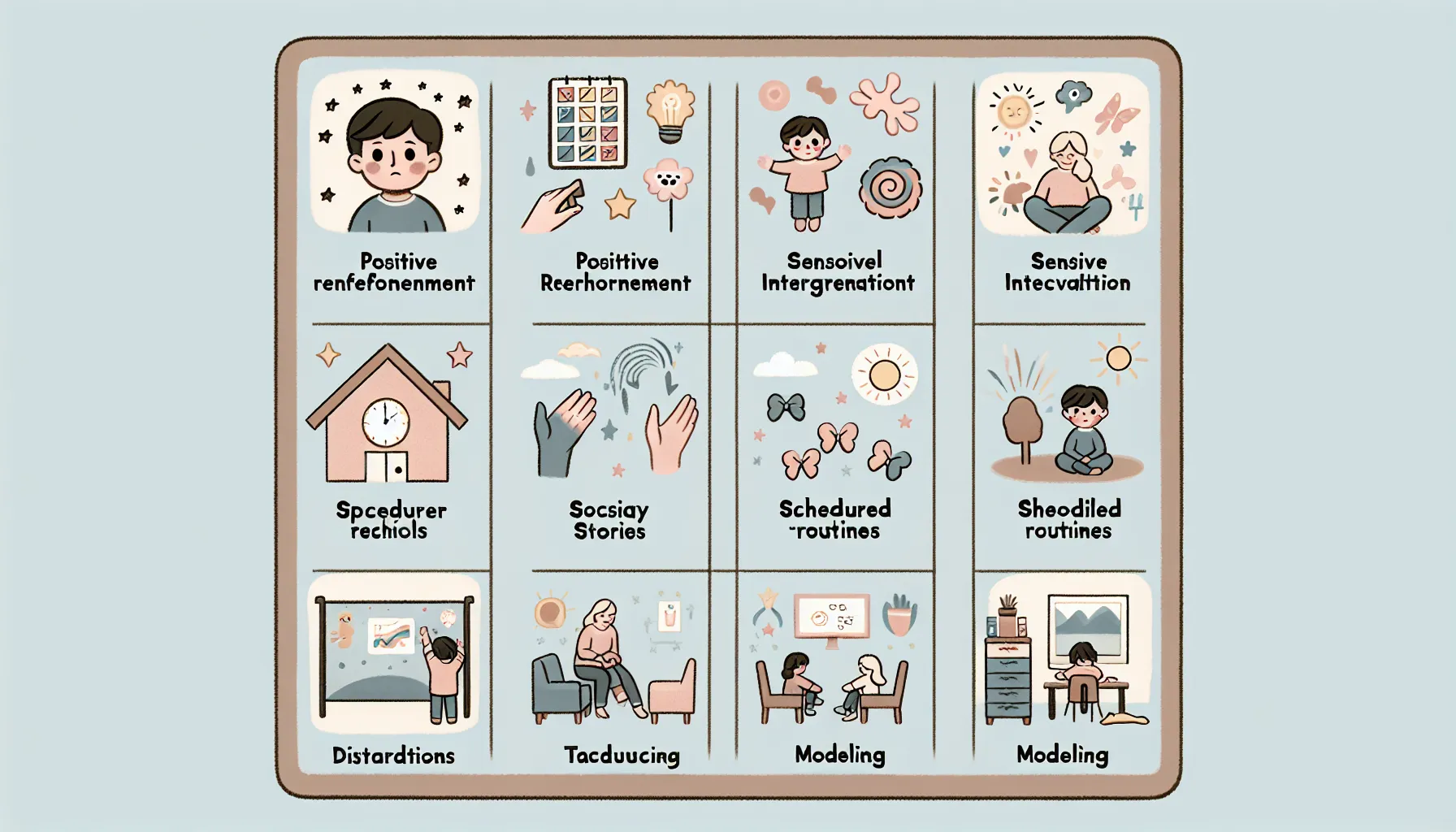

.jpeg)
.jpeg)
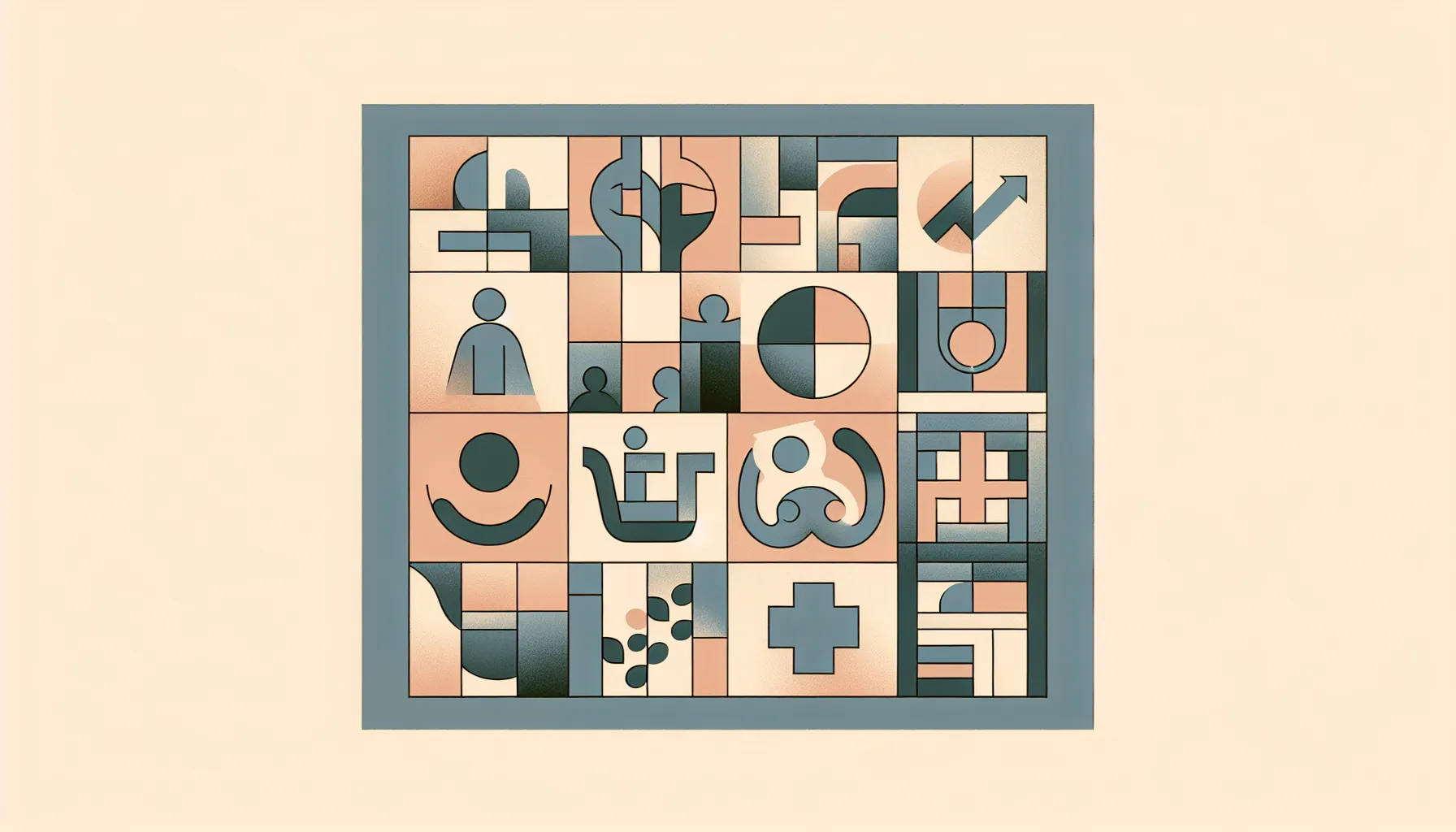
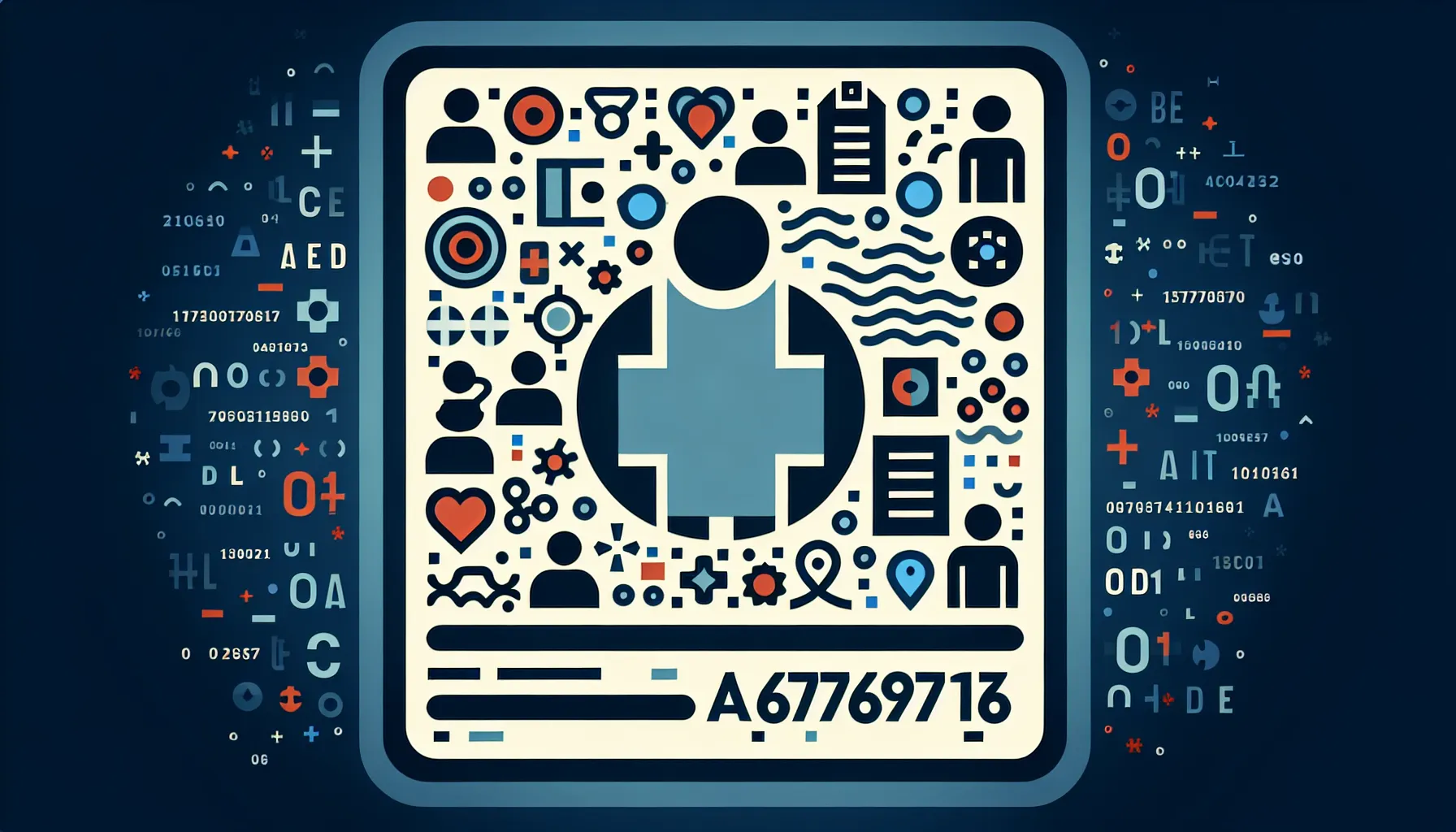

.jpeg)

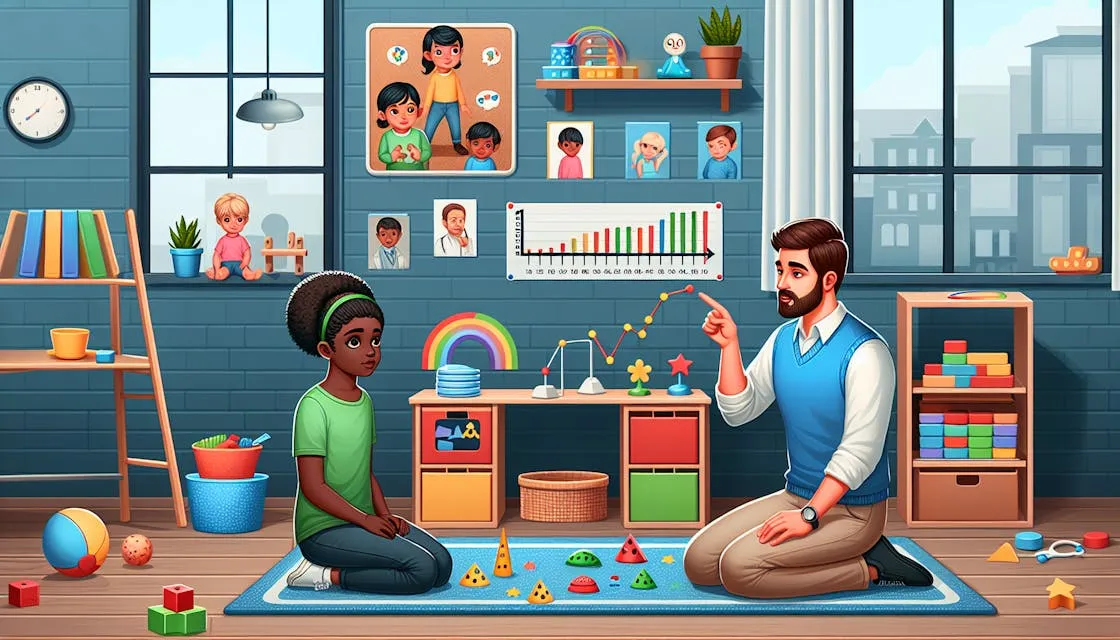


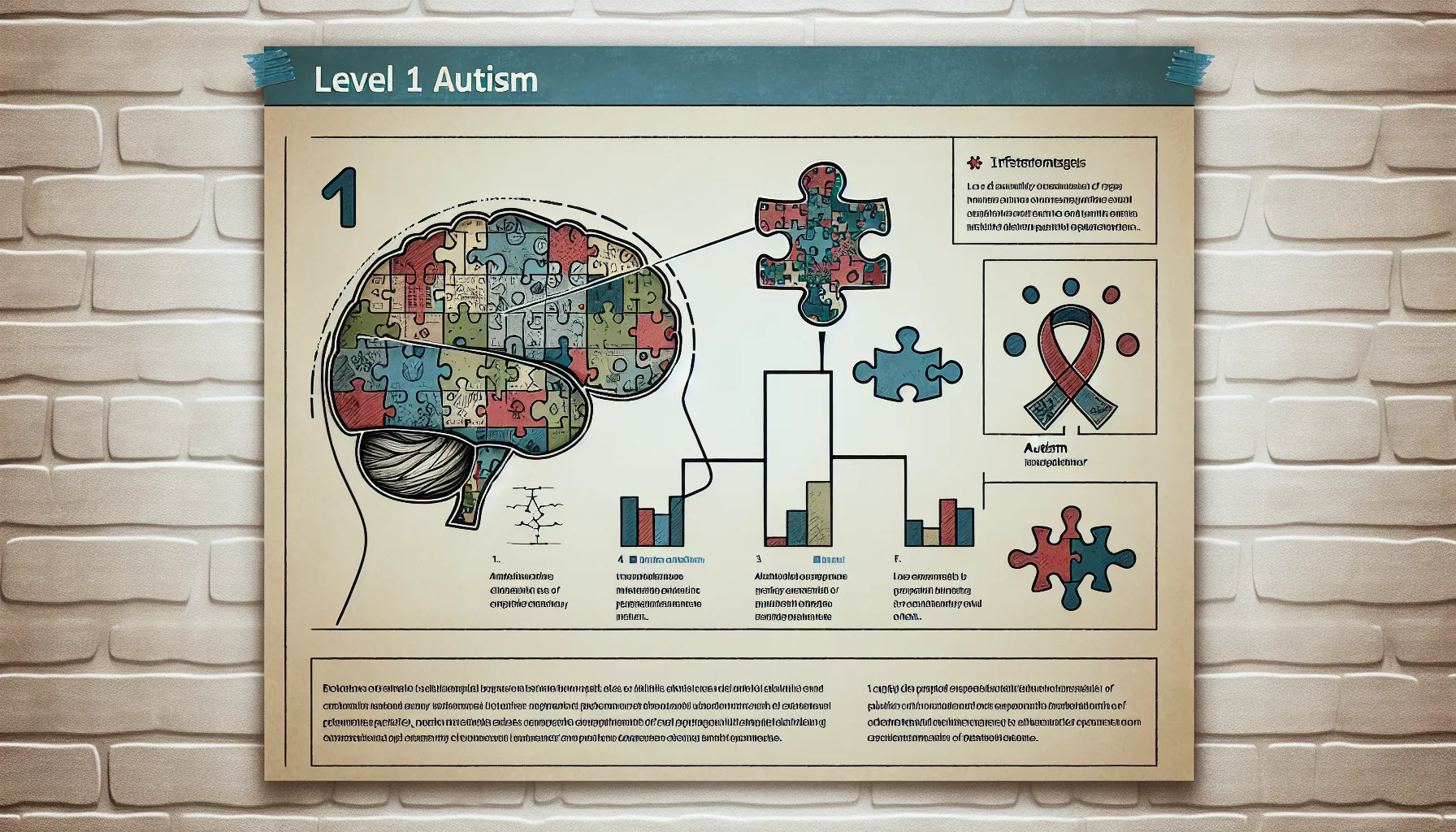


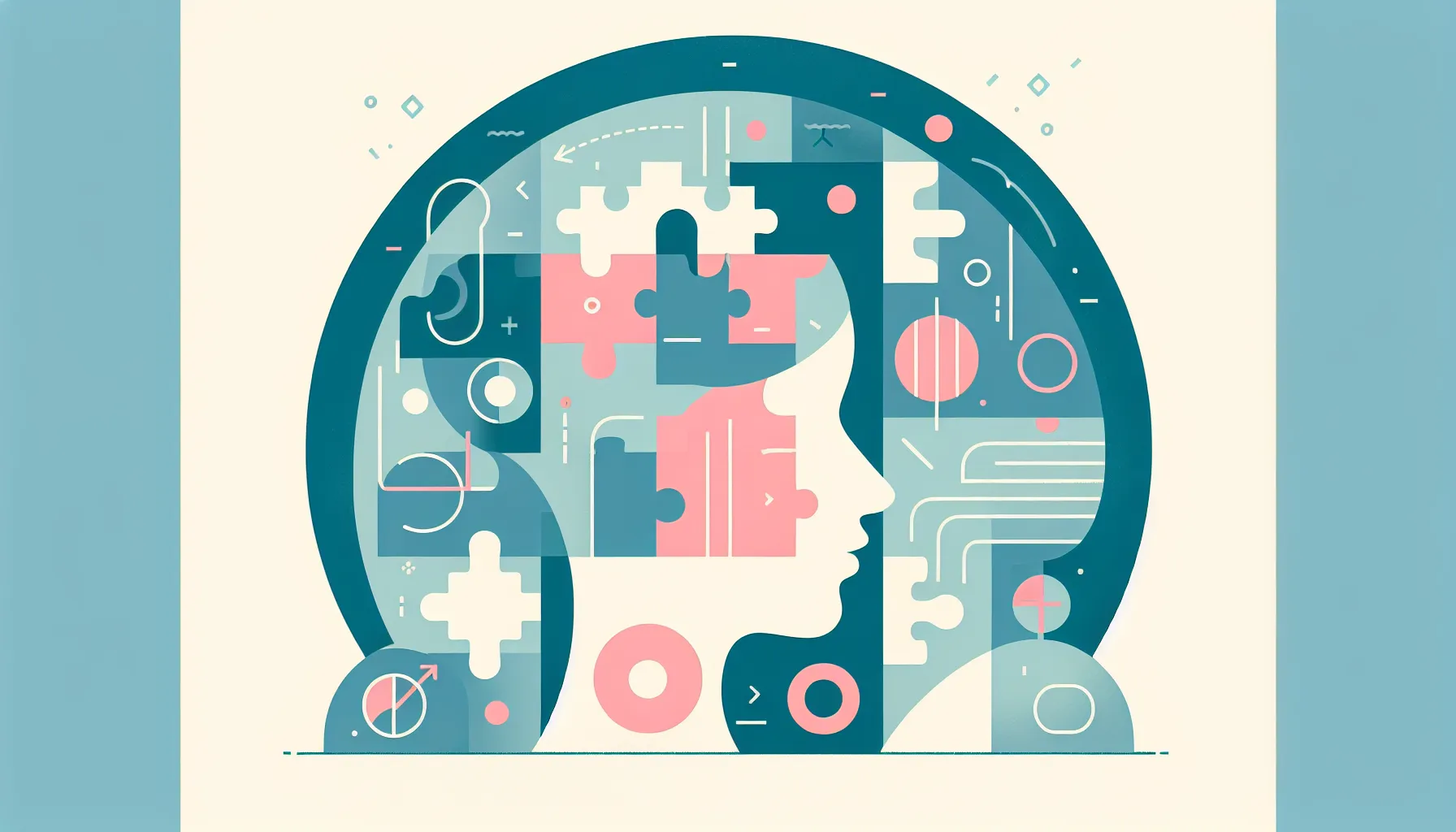








.jpeg)
.jpeg)



.jpeg)
.jpeg)
